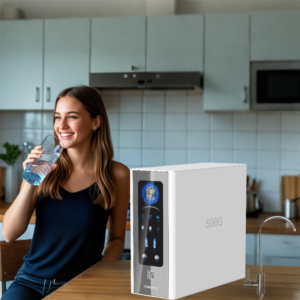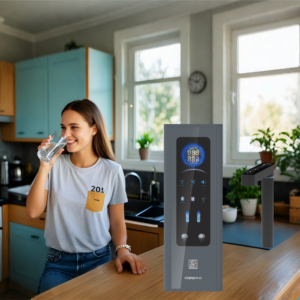Membrane Filtration: Precision Purification

Ultrafiltration Membrane
Ultrafiltration membranes are a type of microporous filtration membrane with a relatively small pore size, typically ranging from 0.001 to 0.1 micrometers.
They are commonly made from various materials, such as organic polymers like polyethersulfone (PES), polyvinylidene fluoride (PVDF), and cellulose acetate, as well as inorganic materials like ceramic.
The working principle of ultrafiltration membranes is based on physical sieving.
When water is passed through the ultrafiltration membrane under a certain pressure, the membrane acts as a fine sieve.
It allows water molecules, along with small dissolved substances and beneficial minerals, to pass through the tiny pores.
However, larger particles such as bacteria, viruses, colloids, and some macromolecules are effectively intercepted.
For example, bacteria, which generally range in size from 0.2 to 10 micrometers, are much larger than the pore size of the ultrafiltration membrane.
Water Purifier Factory, Water Purifier For Home, Water Purifier Machine, Water Purifier, Water Filter Purifier System
As a result, they are unable to pass through and are retained on the surface of the membrane.
This makes ultrafiltration membranes highly effective in removing many harmful microorganisms from water.
In addition to its purification function, one of the significant advantages of ultrafiltration membranes is that they can retain beneficial minerals in the water.
Minerals such as calcium, magnesium, and potassium are essential for maintaining normal physiological functions in the human body.
By allowing these minerals to pass through while removing contaminants, ultrafiltration – purified water can provide not only clean water but also some necessary nutrients.
Ultrafiltration membranes are often used in household water purifiers, especially in areas where the water source has relatively low levels of dissolved salts but may contain bacteria and other impurities.

